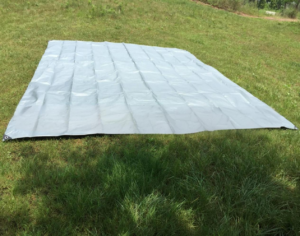# Diaper Materials: Composition and Innovations in Modern Absorbent Technology
Diaper Materials: Composition and Innovations in Modern Absorbent Technology
Diapers have come a long way since their inception, evolving from simple cloth designs to highly sophisticated products that prioritize comfort, absorbency, and sustainability. The materials used in modern diapers play a crucial role in their performance, making them a fascinating subject of study for both consumers and manufacturers.
The Core Components of Diaper Materials
Modern diapers are composed of several key materials, each serving a specific purpose:
- Outer Layer: Typically made from a breathable polyethylene film, this layer prevents leaks while allowing air circulation to keep the skin dry.
- Absorbent Core: The heart of the diaper, this layer is usually made of superabsorbent polymers (SAP) combined with fluff pulp. SAP can absorb and retain large amounts of liquid, ensuring dryness.
- Top Sheet: This is the layer that comes into direct contact with the skin. It is often made from a non-woven material that is soft, hypoallergenic, and quick-drying.
- Elastic Components: Elastic bands around the legs and waist provide a snug fit, preventing leaks and enhancing comfort.
Innovations in Diaper Materials
As technology advances, so do the materials used in diapers. Recent innovations focus on improving absorbency, reducing environmental impact, and enhancing comfort:
- Biodegradable Materials: With growing environmental concerns, manufacturers are exploring biodegradable options for diaper components, such as plant-based SAP and compostable outer layers.
- Smart Diapers: Some high-tech diapers now include sensors that can detect moisture levels and alert caregivers when a change is needed. These diapers often use advanced materials that integrate seamlessly with electronic components.
- Eco-Friendly Absorbents: Researchers are developing new absorbent materials derived from natural sources, such as bamboo and cornstarch, which are both sustainable and highly effective.
The Future of Diaper Materials
The future of diaper materials lies in the balance between performance and sustainability. As consumers become more environmentally conscious, the demand for eco-friendly diapers is expected to rise. Innovations in material science will likely lead to even more efficient and sustainable solutions, ensuring that diapers remain both functional and kind to the planet.
In conclusion, the materials used in diapers are a testament to the ingenuity of modern technology. From superabsorbent polymers to biodegradable alternatives, these materials continue to evolve, offering better performance and a reduced environmental footprint. As we look to the future, the ongoing development of diaper materials promises to bring even more exciting advancements to this essential product.
Keyword: Diaper Materials
